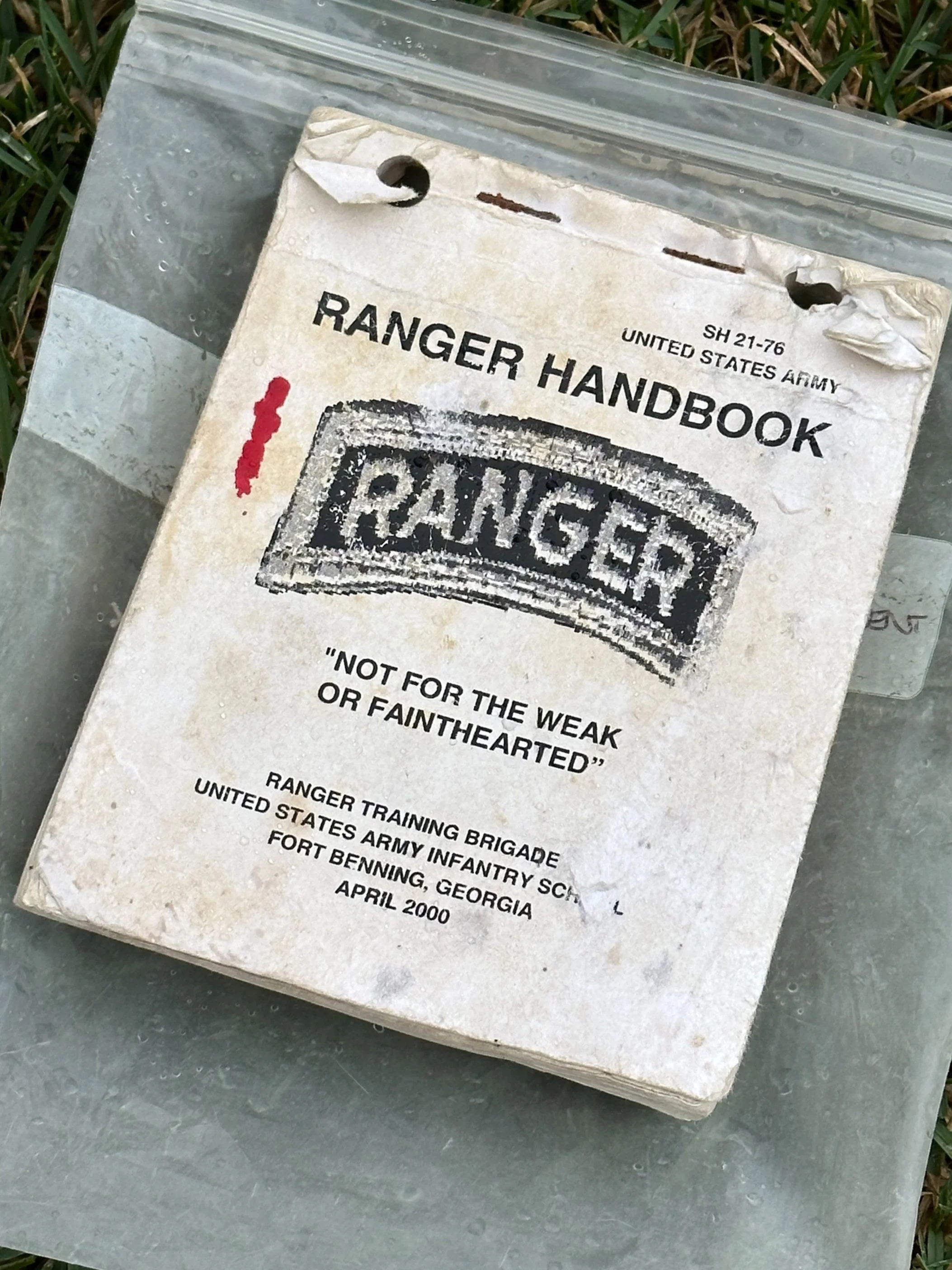From the day I was assigned to the 2nd Ranger Battalion to the day I graduated from Army Ranger School, I carried around a SH 21-76 Ranger Handbook in my cargo pocket. And while the lasting imprint of that little book remains on my body to this day (I’m convinced that no hair will ever grow back on that thigh), the lessons it taught me left a far more indelible mark. I was reminded of one simple lesson about change during a coaching call with one of our partners last week.
Their team is assessing how to hit their sales goal for 2023 after the first quarter of the year shows some growth, but not enough growth. This is normal. The fact that they are even looking at this already suggests keen and effective leadership. Considering incentives to influence the sales team shows care and discipline.
Discipline is key in moments like this because there is a BIG difference between making changes and making adjustments.
Changes tell the team to alter what they do; adjustments tell the team to alter how they do it.
A team that is constantly changing what they do throughout the year cannot attain any level of sustainable effectiveness. Very few things will frustrate a team more than constantly changing. Eventually, the team begins to ignore what the leader says because they know it will change anyhow.
Pay attention. If you have a team that is saying, “He/ she just changes the guidance every other month anyhow!” or something like that, it’s a great indicator. And it’s your chance to learn how to make adjustments instead of changes.
Adjusting how we do what we do in order to achieve the same goal is called pivoting. Pivoting is good. In the Army, we call that fighting the enemy, not the plan. We learned to plan for success with limited information - it’s why an Army mission statement consists of the 5 W’s: Who, What, When, Where, and Why. Notice the mission statement does not include How.
In the Army, the mission does not change without a larger process (FRAGO). How you accomplish the mission changes all the time, and there’s a procedure to plan for the certainty of a mission while respecting the uncertainty of how to accomplish it.
That process is called the Army’s 8 Troop Leading Procedures, or TLPs. This ridiculous acronym (RIMICCIS) was beaten into my brain at age 18. The TLPs serve an Army leader when she receives a mission and needs to get the team moving in the right direction without all the necessary information. Military leaders must constantly form and lead teams to operate effectively in ambiguity. This is why the 8 TLPs are clutch. Here are the steps:
Receive the Mission
Issue a warning order
Make a tentative plan
Initiate necessary movement
Conduct reconnaissance
Complete the plan
Issue the complete order
Supervise
The 8 TLPs acknowledge that progress is greater than perfection. Or as Patton once put it, “A good plan, violently executed now, is better than a perfect plan next week.” This confounds the enemies of our country, as observed by a Soviet Officer during the Cold War who once stated, “A serious problem in planning against American doctrine is that the Americans do not read their manuals, nor do they feel any obligation to follow their doctrine.”
Doctrine matters, but we must have useful frameworks through which we apply it. RIMICCIS is a solid framework for warfare and business because it allows the team to move effectively in the right direction while respecting that necessary adjustments will be made to achieve the same goal.
Annual sales goals do not change midstream. Once they are created, distributed, and accepted, they are either achieved or not. Full stop.
I have been engaged in some form of professional selling ever since I left the Army. I have missed goals, I have met goals, and I have crushed goals. There is a massive difference between each of them, and once you know how to achieve a sales goal, you will never unlearn what it takes. Nor will you ever act like you hit your number when you know you missed it.
Back to our sales leader. The team knows the goal, and the team needs to adjust midstream. This leader made a critical call and told the team to keep moving in the same direction while announcing impending adjustments as they collect more data from the field. In this way, he is already four steps into the 8 TLPs. His next call is to gather market intelligence from the field (step 5 - conduct recon), which will shape the adjustments (step 6 - complete the plan) before issuing an adjustment to the plan (step 7 - issue the order) to accelerate growth towards the goal.
The leader has a “sales spiff '' in mind (an additional incentive option for his sales force) that is rooted in the growth of a specific product line. That product requires market intel from the field, which is why he is allowing for the solution to develop before rolling out the details.
Set a goal, pick your hilltop, and move out into the unknown with the knowledge of what you and your team are doing. How you get there will inevitably change. And that’s ok. Accept and embrace the journey and reject the false certainty that will bait you into fighting your plan instead of the enemy.




